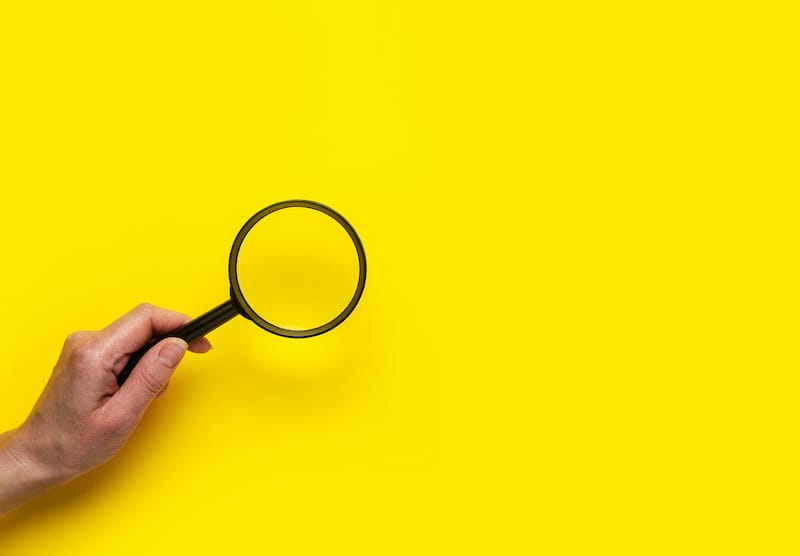What is a Discovery Session?
A Discovery Session is the first (and most important) meeting you are going to have with your stakeholders or client so you can better understand what it is that they want and why. It will cover the goals, requirements, justification for the work, deadlines, constraints, key contacts, and anything else that may give you a high-level understanding of the project.
Your entire project team should be in attendance, but it’s especially important that UX be involved in the Discovery Session because you will ask a series of questions whose answers will allow you to then tailor a precise UX strategy for the project, and set expectations about what you can reasonably deliver based on their requirements, timeframe, and constraints.

What do you need to run a Discovery Session?
TIME
MATERIALS
How do you run a Discovery Session?

Step 1: Book a meeting with your stakeholders or client
This has to be the first step, and try to invite any others that have a say in how the project will or should take shape. This will be a good chance to get them all aligned and come to a consensus. It will also give you more information to work with when planning your strategy based on the information you get from the meeting.
Step 2: Read up on any existing documentation
Before the meeting, make sure you go through any and all documentation related to the project. Not all projects you jump on, or clients you meet with, are going to have thorough documentation or links to all of the relevant user data. They may have some documentation that includes some of it, but it’s probably not complete. Ideally though, there should be some sort of main project page with information and context on it, plus links to supporting documents, like research. Read everything you can find because it will allow you to find gaps that you can then turn into questions for the meeting.
Step 3: Prepare your discovery questions
Discovery questions are designed to obtain the context we need to begin formulating a strategy to achieve our solution. You’re looking for clarity and justification around the business goals, requirements, and constraints, so come prepared with some questions around those areas. It’s great to have a standard set of questions, but you should also include any unique questions you come up with based on the gaps you find in the existing documentation.
Some questions around the business goals can be:
- What are the current goals?
- Which of these goals do we want to solve?
- Why are we prioritizing this goal over the others?
- How were the goals determined?
- What are the risks if we are wrong about the goals?
- What is the desired outcome of this project?
- What kind of metrics will be used to measure success?
Some questions around the user needs and requirements can be:
- Who are the end-users?
- Who are the buyers?
- How do we know these are user needs?
- What is the data that suggests this? Where can I find that data?
- Who determined these were user needs, and how?
- Who created the requirements?
- What are the risks if we are wrong about the user needs?
Some questions around constraints can be:
- What is the deadline for this project?
- When do you need all the designs ready for hand-off?
- How many people are you allocating to this project?
- What are some technical limitations to keep in mind when designing for this?
- How much budget do I have to work with?
- Who is the project sponsor?
- Who will provide support or additional resources if needed?
Step 4: Ask the questions and document the responses
Make sure you capture and document all of the answers from the meeting. This will help you communicate and reference it to others on your team who may be helping out on the project, or to your manager, who can then understand and prioritize the work against the rest of your tasks.
Step 5: Follow up with your stakeholders or client
Once you have finished cleaning up your notes and documentation, ask them to confirm your summary and make sure you’ve captured the notes correctly. This is important because this is the foundation that you will base your UX Strategy on, and you need it to be accurate. You may need to schedule another meeting with them, or you may be able to collaborate directly on your documentation.
Tips for a great Discovery Session
